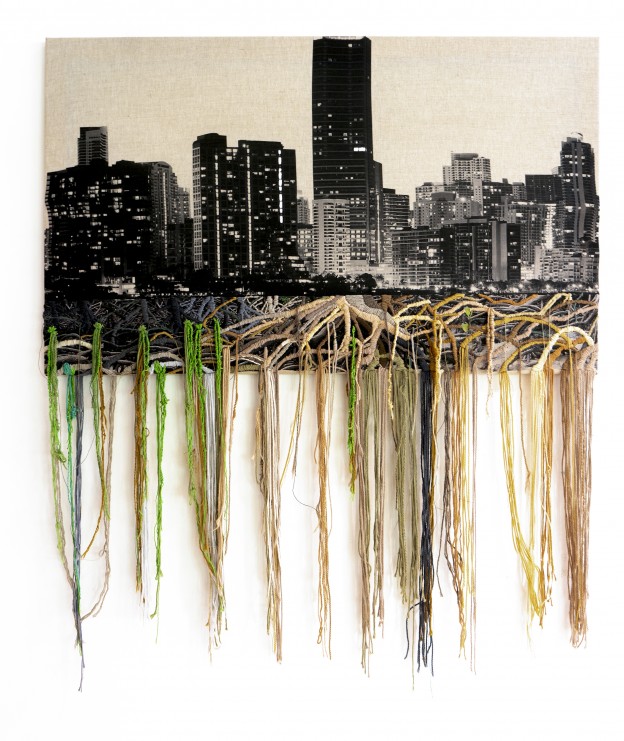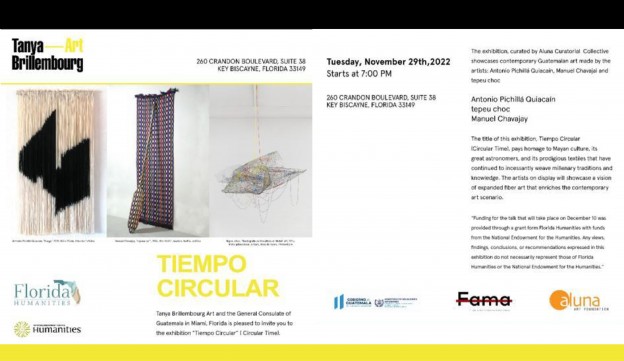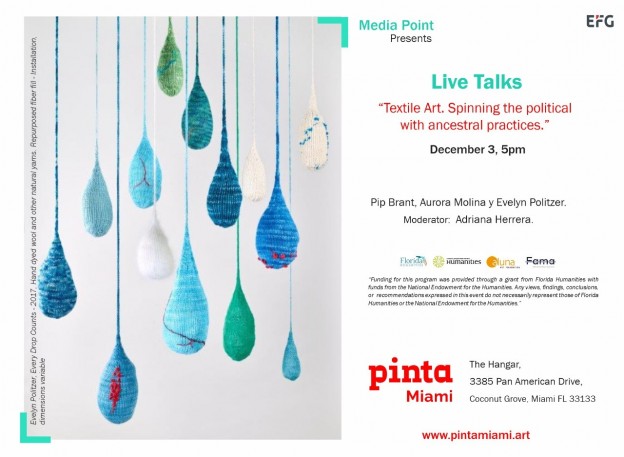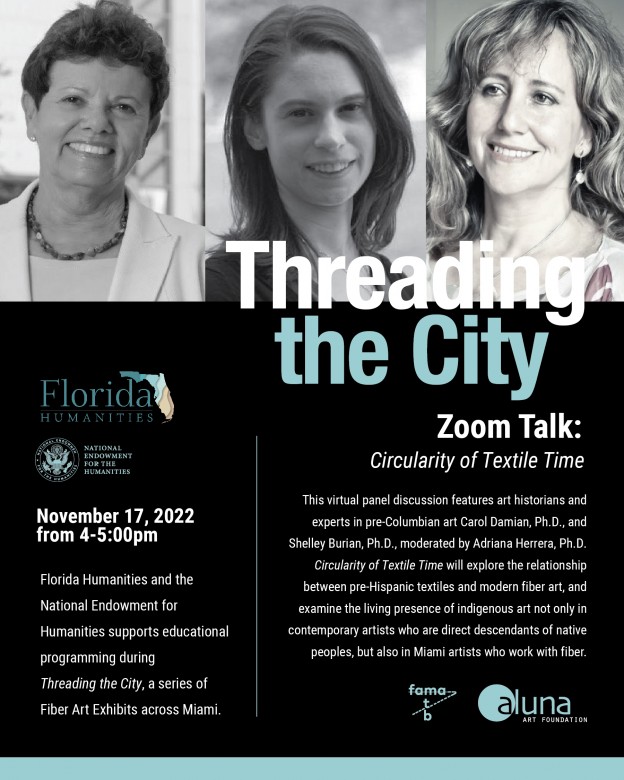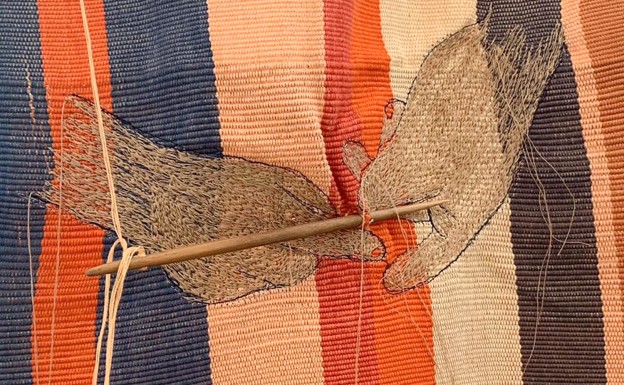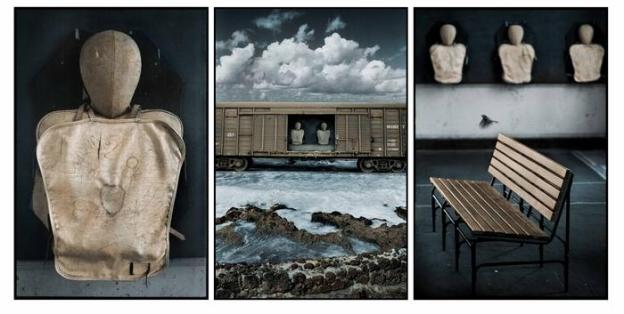
Rogelio López Marín (Gory) | Farside Gallery, Miami
Arte al Día International.
by Willy Castellanos Simons
Translation: Cora Sueldo
The exhibition Rogelio López Marín (Gory): Selected Photographs 1984-1994, permits a recapitulation of a crucial moment in contemporary Cuban art through an impeccable selection of this author’s most emblematic series, included in the Liza and Arturo Mosquera Collection.
It is important to situate these images as elements of change, and undoubtedly of rupture, within the panorama of Cuban photography which was shown − with slight variations − en bloc, from the lethargy of a descriptive and paradigmatic documentary practice, prone to reflect a reality ideologically conditioned by the triumphant social process.
Series such as Es sólo agua en la lágrima de un extraño (It’s only water in a stranger’s tear) (1986) or 1836-1936-1984 (1987), privilege subtlety and metaphor over the triumphalist extroversion of the photography of the 1960s and the reinterpretations of the everyday produced in the 1970s. Gory avoids the redundancy of the document, creating a meta language based on photography; a discourse that draws upon painting and its aestheticism, and that expands its project to the poetic text as the key to the work and its conceptual resource.
Es sólo agua proposed a timely re-examination of the established models of perception, and consequently, of representation of the real, opening them up to multiplicity and heterogeneity. Gory superimposed several negatives in order to create − from a close-up that remains constant − an infinite number of possible realities. Pool ladders − the leit motiv of the series − become the vanishing point through which the viewer gains access to those alternate worlds now legitimized by the power of the photographic. Thus, he opened a passage towards an intangible and still little explored area of representation, creating over the course of his oeuvre, the poetic imaginary of a space that glides along the border between dream and reality. This vision transcended the local, and situated his artistic work in a line of research that dates back to Eugéne Atget and his urban recordings, but also to Magritte and his conceptual legacy.
In Ausencias (1980-1991), Gory takes the image from the public space of the socialist epic to the introspective sphere of an authorial ideology. Perhaps as a form of rejection of the hegemonic iconography that preceded them, his photographs elude the human presence and with it all possibility of heroic staging of the subject, which was the customary representation. And still, Ausencias invokes man in a dialogue that flows like the revelation of a dispersed yet ubiquitous self-conscience, in the discursive ruins of memory and time. It is a poetics of the human beings that speaks to us through his traces, based on an archeology of his absence.
It is impossible to understand photography in Cuba without taking into account the contributions that these series introduced. They undoubtedly opened a profound gap in the archives of representation, and not precisely because photography − re-worked and manipulated − should have renounced to its documentary function. In Gory’s world, in his dreamlike evocations, or in the sphere of memories and of the absence these images produce, there is always in the first lines of the sub-text, an underlying halo that is as real − as documentary, one might say − as it is imaginary: a world sprinkled with the quiet melancholy of those years of disenchantment; the uncomfortable scent of a utopia which would hardly have been possible. Or as the poem by Michael Ende which accompanies the photographs in their composition, leading them by the hand like a blind person’s guide, cries out: “Like a swimmer who has gotten lost under a layer of ice, I look for a place to emerge.”
Rogelio López Marín (Gory) | Farside Gallery | Miami
Arte al Día International
Por Willy Castellanos Simons
La exhibición Rogelio López Marín (Gory): Selected Photographs 1985-1994, permite recapitular un momento crucial del arte cubano contemporáneo a través una impecable selección de las series emblemáticas de este autor, pertenecientes a la colección de Liza y Arturo Mosquera.
Es importante situar estas imágenes como elementos de cambio y sin duda de ruptura, en el panorama de una fotografía cubana que se mostraba -con ligeras variaciones- en bloque, desde el letargo de un documentalismo descriptivo y paradigmático, apegado al reflejo de una realidad condicionada ideológicamente por el proceso social triunfante.
Series como Es sólo agua en la lágrima de un extraño (1986) o 1836-1936-1984 (1987), anteponen lo sutil y la metáfora a la extroversión triunfalista de la fotografía de los 60’s, así como a las reinterpretaciones optimistas o escépticas de lo cotidiano que operaron en los 70’s. Son series que eluden la redundancia del documento creando un metalenguaje de base fotográfica; un discurso que bebe en la pintura y su esteticismo, y que extiende su proyecto a través del texto poético como clave y recurso conceptual de la obra.
Es sólo agua proponía una oportuna revisión en los modelos instituidos de percibir y por ende, de representar lo real, abriéndolos a la multiplicidad. Gory superpuso diferentes negativos para crear -desde un primer plano que se mantiene constante-, un sinnúmero de realidades posibles. La escalera de entrada a la piscina –el leit motiv de la serie- se convierte en el punto de fuga por donde el espectador accede a estos mundos alternos ahora legalizados por el poder de lo fotográfico. De este modo, abría un pasaje hacia una zona intangible y aun poco explorada de la representación, creando a lo largo de su obra, el imaginario poético de un espacio que se desliza en la frontera entre el sueño y la realidad. Una visión que trascendía lo local, situando sus trabajos en términos expresivos, en una línea de indagaciones que se remonta a Eugene Atget y sus registros urbanos, pero también a Magritte y su legado conceptual.
En Ausencias (1980-1991), Gory lleva el contexto de la imagen del espacio público de la epopeya socialista, al ámbito introspectivo de la ideología autoral. Tal vez como rechazo a la iconografía hegemónica que le precedió, sus fotografías eluden la presencia humana y con ella, cualquier posibilidad de escenificación heroica del sujeto como era común representar. Y sin embargo, Ausencias invoca al hombre en un diálogo que fluye como revelación de una autoconciencia dispersa pero ubicua, en las ruinas discursivas de la memoria y el tiempo. Es una poética del ser humano que nos habla a través de sus huellas, a partir de una arqueología de su ausencia.
Es imposible entender la fotografía contemporánea en Cuba sin concebir los aportes que introdujeron estas series. Es evidente que abrieron una profunda brecha en los archivos de la representación, y no precisamente porque la fotografía –re-tratada y manipulada- hubiese renunciado a su facultad documental. En el mundo de Gory, en sus evocaciones oníricas, o en el ámbito del recuerdo y de la ausencia que estas imágenes provocan, subyace siempre, en las primeras líneas del subtexto, un halo tan real -tan documental cabría decir-, como imaginario: un mundo salpicado por la apacible melancolía de aquellos años de desencanto; el incómodo aroma de una utopía que difícilmente, hubiera llegado a ser. O como clama el poema de Michael Ende que acompaña de la mano, como lazarillo, a las fotos en su composición: “Como un nadador que se ha perdido debajo de la capa de hielo, busco un lugar para emerger.”



